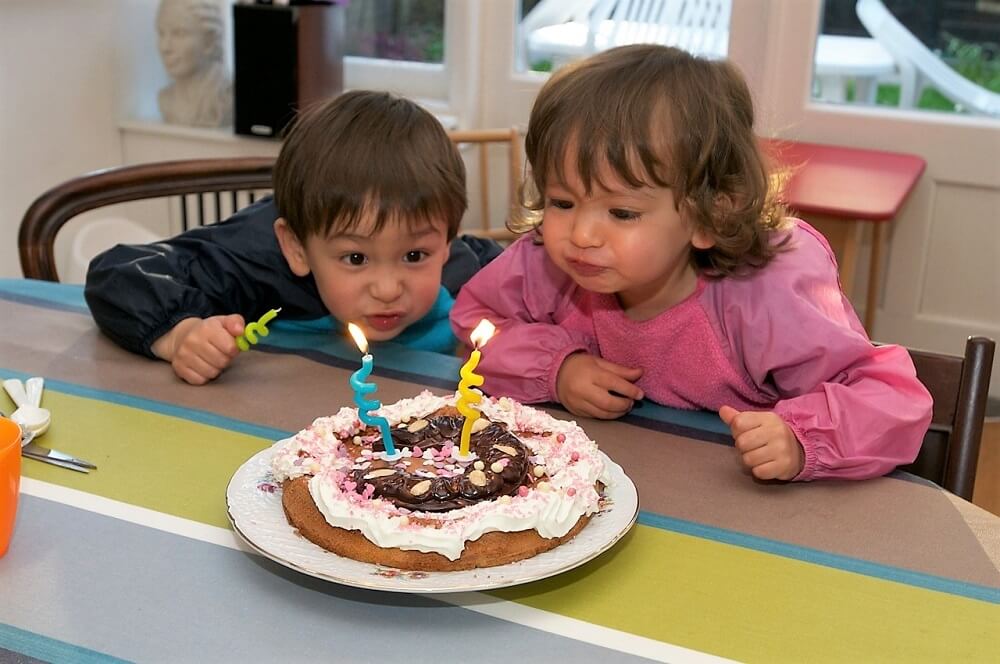In Dutch, people celebrate birthday ceremonies in many special ways. A Dutch birthday circle is the best party that sits around the circle all afternoon, chatting while drinking tea and eating cake.
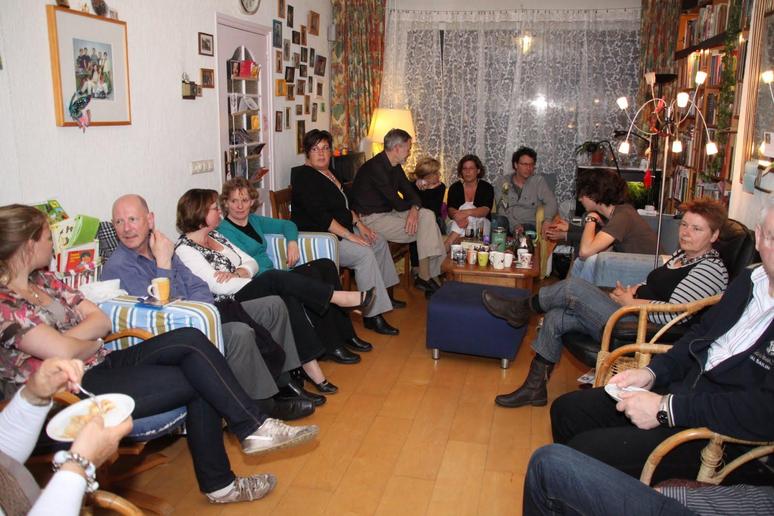
Is this your first time in the Netherlands celebrating someone’s birthday? Gefeliciteerd! Birthdays are a unique occasion in every culture, each with its own eccentricities – and the Netherlands is no different.
Naturally, it’s vital to be aware of several typical (but strange to foreigners) Dutch traditions that make Dutch birthdays…different!
1. Instead of texting the birthday person, text their parents
This is a little adorable, but it’s largely well-organized. So there are a lot of congrats in person. But did you know that many parents of youngsters celebrating birthdays would get a barrage of texts?
Assume your father’s coworker is aware that it is your birthday today. They’ll message your father to congratulate him, but since they’re unlikely to know you personally, you’ll get — you guessed it – nothing.
But we suppose it’s wonderful for your Dad.
2. Instead of cake, serve birthday tart
If you’re wondering why anyone would serve something other than a delicious chocolate cake or a perfectly frosted vanilla cake, your guess is as good as ours. But such is life in the Netherlands.
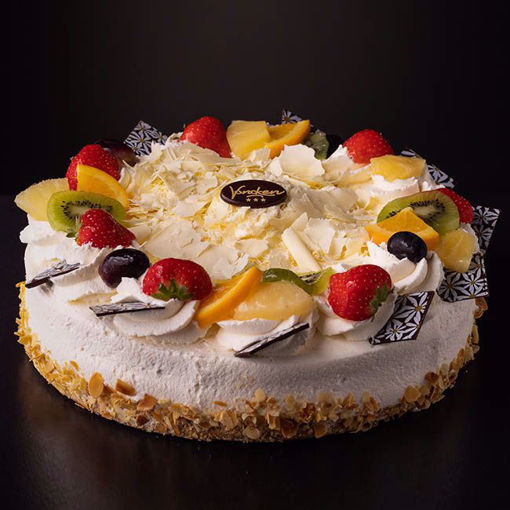
Although both are popular, Dutchies prefer to offer pies or local tarts called vlaai instead of cake. Vlaai is a traditional birthday dessert, so it’s only right to serve something unmistakably Dutch. These delectable treats are made of pastry and various fillings, ranging from fruits such as cherries and strawberries to a crumbled butter and sugar mixture.
The Netherlands isn’t known for being culinary innovators or having an abundance of delectable recipes. Still, we have to say they hit the nail on the head when they invented vlaai.
At birthdays, you’re also likely to discover appeltaart, the Netherlands’ classic interpretation of apple pie – and once you’ve tasted them, you’ll never want to return.
3. Put the birthday calendars in the toilet
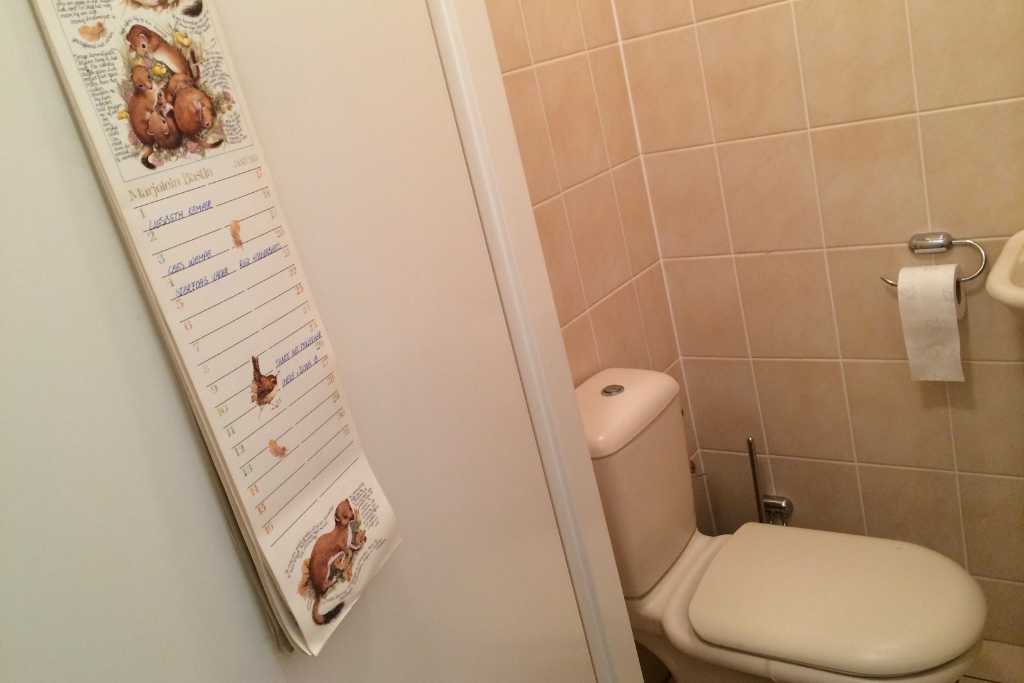
Ordinarily, keeping a birthday calendar would not be so weird. Only the fact that it’s in Dutchies’ restrooms makes it so strange. Do Dutch people expect to remember birthdays when nature calls? Well, it appears to be a very good spot to do so. If you like to keep yourself busy while doing something else, perusing the birthday calendar is a quick and easy read.
While it may seem strange to internationals, we can’t help but think it’s sentimental that they’re doing their business and thinking about all the upcoming birthdays. How lovely!
That’s all there is to it! Birthdays are a wonderful occasion, and maybe you now have a better understanding of how Dutch people celebrate their birthdays (and can be prepared for your next Dutch birthday party!)
4. When you turn 50, call yourself Abraham or Sarah
Are you reaching 50 this year? Hello there, Abraham! Sarah, it’s a pleasure to meet you!
“Who the hell are Abraham and Sarah?” you may be asking.
These unique nicknames are a biblical allusion that honors knowledge gained through experience.
By age 50, you are old enough to be “visited” by Abraham or Sarah, and they impart wisdom to you because they are ancient.
Along with turning 50, it’s typical for friends and relatives to install creative inflatable Abrahams and Saras about the celebrant’s house or workplace and hilarious placards, so people may congratulate them.
5. Congratulate to everyone in sight
Most cultures just wish the birthday individual a happy birthday.
In the Netherlands, regardless of who is having a birthday, everyone is congratulated with one simple word: gefeliciteerd (congratulations).
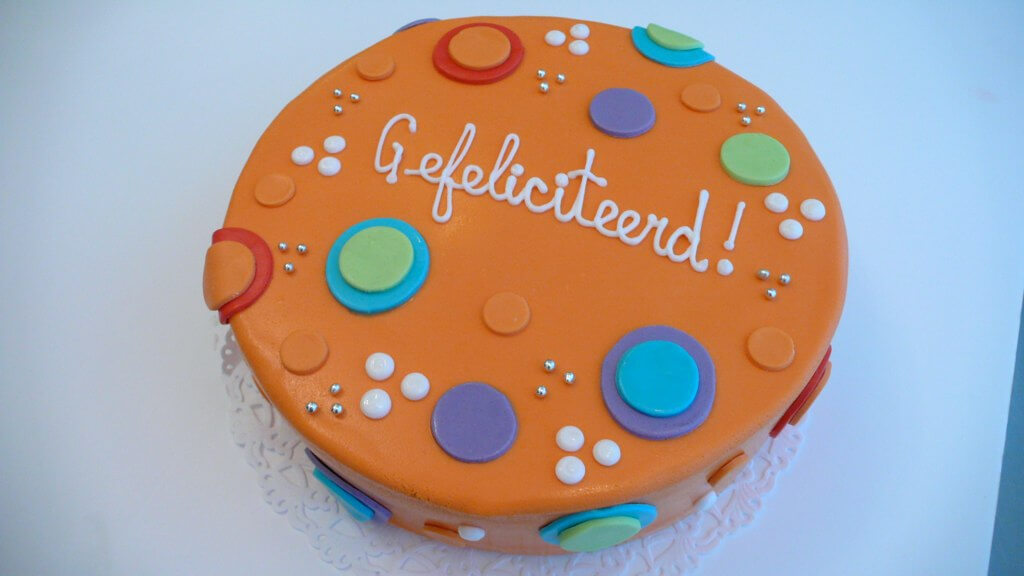
When attending a Dutch birthday circle, it is important to understand that other attendees are not introducing themselves when they shake your hand and say, ‘Gefeliciteerd.’ It may appear that you are being introduced to a large family, or that gefeliciteerd is a more common name than Smith. Still, they are wishing you ‘congratulations.’ in the birthday circle.
The birthday girl’s mother? Gefeliciteerd!
What about their father? Gefeliciteerd!
What about their siblings? Gefeliciteerd!
What about their grandparents, aunts, uncles, cousins, and even pet guinea pigs? Gefeliciteerd!
What for? Who can say?! Maybe it was invented by the same guys that came up with the three-kisses greeting. Be prepared for slobbery lips and damp cheeks.
You will be served a drink and some cake if you find a seat within the Dutch birthday circle (not necessarily with the folks you arrived with and most likely with individuals you don’t know). If you want a drink with a bit more kick, have a hip flask of alcohol on you because chamomile tea is the strongest item provided at most Dutch birthday circles. A Dutch birthday circle must also have at least three or four generations of family members present (the average human life span only sets the maximum limit).
6. They open their gifts in front of all their visitors
Purchasing a birthday gift ceremony for someone is always appreciated!
But don’t expect the celebrant to thank you for the present and put it aside for later.
People will unwrap your gifts in front of EVERYONE, and there is nothing you can do about it.
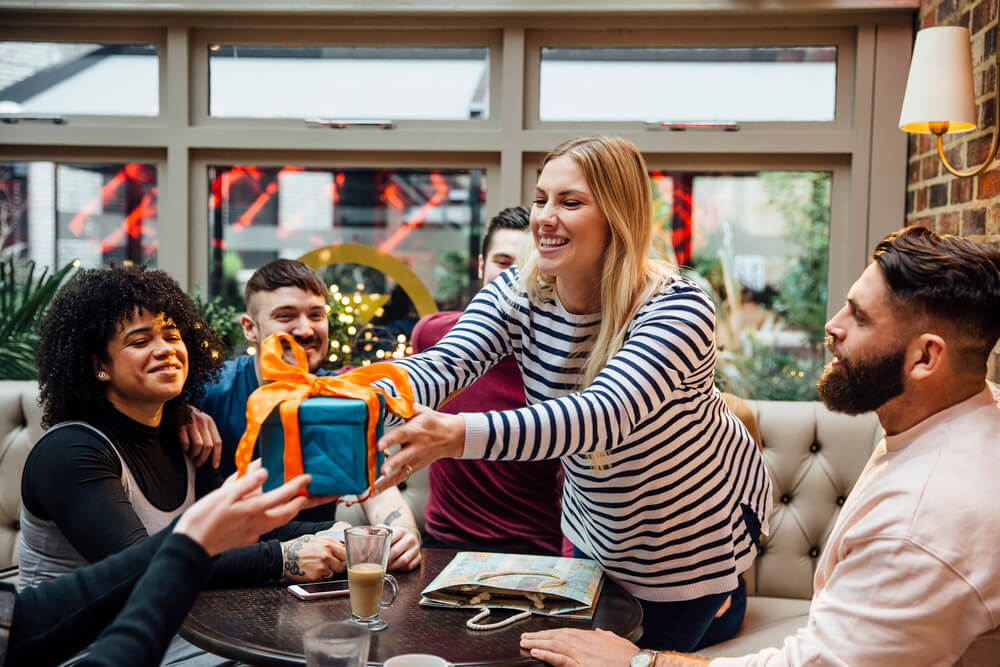
So perhaps consider this as a caution not to buy any gifts that may be humiliating or provocative in front of their parents and oma en opa (grandma and grandpa).
Not to mention how unpleasant it is for everyone to watch one person open their presents birthday ceremony one by one — frequently in silence to create maximum embarrassment.
7. Place yourself in the circle of death
People are expected to roam about and engage with other attendees at a party. Instead, the Dutch prefer to sit in a large circle.
No matter how many people attend a birthday ceremony, you will not find them standing up. Why? Nobody knows.
However, we will tell them that sitting in a circle is necessary for gezelligheid.
This classic Dutch notion represents everything cozy, pleasant, and cheerful. A Dutch birthday party would be incomplete without a sense of coziness. And how do you go about doing this? A circle design!
A little (or huge) circle is an excellent way to get a good look at everyone at the birthday ceremony, and it ensures that no one is left out – talk about gezellig!
However, the Dutch have certain issues with this custom. The circle is notorious for being excruciatingly dull. After all, sitting in a circle and talking to whoever sits next to you isn’t much fun.
8. On their 21st birthday, let all of their buddies roast them
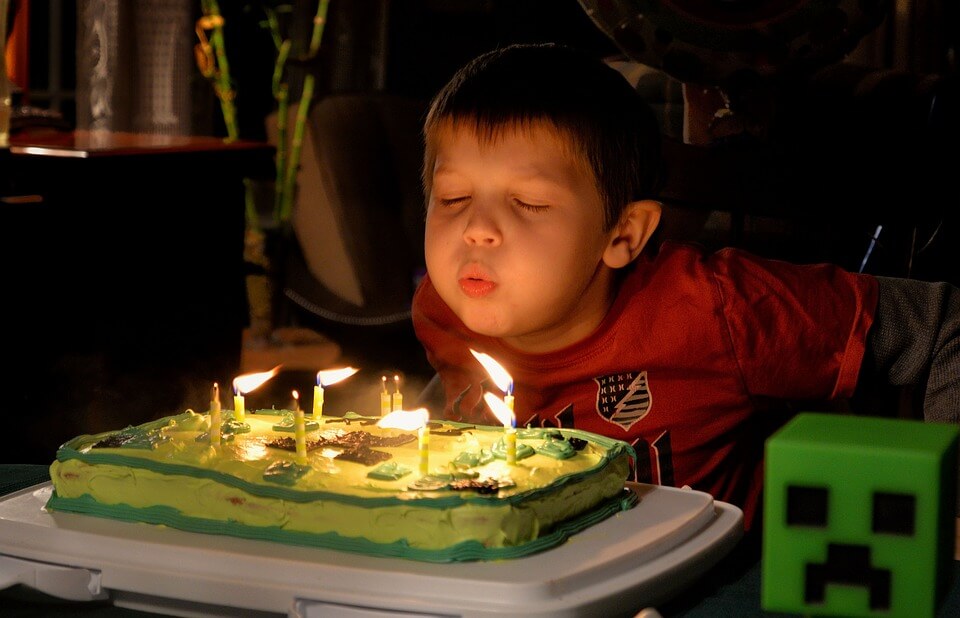
The legal age in the Netherlands is 18, but for some reason, throwing a large party for your 21st birthday has become popular. But how can we reject it if it’s an excuse for another party?
Celebrating your 21st birthday is a big deal – some people go out with caterers and seating arrangements, and friends and family come over for a large party.
But it all comes down to a huge birthday roast ceremony for the celebrant — no, we’re not talking about supper. Birthday revelers should expect their humiliating night-out stories and middle school gaffes to be shared with friends and family.
This is a recent addition to celebrate Dutch birthday traditions, so don’t be surprised if you get blank stares when asking about the 21st birthday dinner.
9. Bring your own celebration snacks to work
Sorry to break it to you. If you expect to be the one who gets pampered on your birthday, you may be in for a surprise and cultural shock.
In many cultures, your employer will buy you a cake and possibly even a gift for your birthday. Birthday celebrants in the Netherlands must bring their own treats to share with their coworkers.

Although it is your special day, you are supposed to be generous to others.
Generosity extends to other aspects of your birthday celebration, such as serving everyone beer and cake at your birthday party (no one else is permitted to assist you) and occasionally even paying for everyone’s meals if you asked them out to dinner.
It may sound contradictory, but a Dutch person’s birthday is the single day when they are not too frugal – contrary to popular belief.
Is there a Dutch birthday custom that we missed? What is your favorite of the traditions described here? Let us know what you think!
10. Sjoelen is a traditional Dutch game.

Sjoelen is played with wooden discs on a wooden board (shuffleboard). There are four gates at the end of the box, each with a small opening through which the discs just fit. The game’s object is to get the discs to pass through the gates.
Many families used to play this game on Christmas and New Year’s Eve, as well as other special occasions.
When you first see it, you might think it’s quite simple. However, it is far more difficult than it appears.
Also, remember that each family has its own set of rules, and people can get quite upset when they lose a game of sjoelen!
4 Weird Things About Dutch Houses You Didn’t Know
Top-Rated Things To Do In Langley, British Columbia
Top 10 weirdest things Dutch people don’t realize are only found in the Netherlands ( Part 2 )
